|
Summer is the perfect season to make salad your main entrée. With the abundance of great produce you can create enjoyable meals that are fresh, local and seasonal. A salad as your lunch or dinner entrée is a perfect way to follow My Plate’s guidelines and make half your plate fruits and vegetables. Here are some tips on how to make your main dish filling and delicious.
2. Pick the Base and Add Fruits and Vegetables For the base of your salad, there are numerous leafy green options to choose from. Red leaf lettuce and green leaf lettuce are both excellent choices. Green leaf tends to be slightly crisper whereas red leaf typically has a softer texture. Spinach and baby kale are among the most nutrient-dense options, but some people, especially kiddos, often prefer a milder tasting lettuce. Romaine, butter lettuce and iceberg lettuce are all excellent, mild flavored lettuce options. Romaine and iceberg are both quite crisp in texture. Like red leaf lettuce, butter lettuce is silky and smooth. Another popular leafy green that works well in salad is arugula. Arugula has a peppery flavor that goes great in an entrée salad. Look for any of these lettuce varieties at your local grocery store or farmer’s market! You can choose to add vegetables to your leafy greens or you can skip the leafy greens and make vegetables the base of your salad. There are numerous vegetable options to choose from. Some vegetable options for your entrée salad include: cucumbers, bell peppers, tomatoes, onions, carrots, celery, radishes, mushrooms, avocado, artichokes, olives, watercress, beats, beans and hearts of palm. Fruits like apples, oranges, grapefruit, peaches and berries go great with salad. Adding fruits and vegetables increases your salad’s nutritional value. More fruits and vegetables equals more fiber, vitamins, and minerals. Many salad recipes include roasted or grilled vegetables. Vegetables that have been roasted or grilled have a unique taste and texture that can elevate your dish. Cauliflower, Brussels sprouts, broccoli, asparagus, green beans and sweet potatoes are all excellent for roasting or grilling. 3. Select a Dressing Whether you want your salad to be sweet, tangy, spicy or savory you'll likely want to pick a dressing. Dressings are usually made with a fat, an acid and some spices. Dressings are completely customizable so you can create your own dressing depending on your preferred taste. Olive oil is the most common oil used for salad dressings. However, you can use grapeseed oil (which is a great source for Vitamin E!), almond oil, canola oil, flaxseed oil or even avocado oil. Fat is an important component in your salad because it is satiating which means that it will help you feel full. Fat is also important for absorbing vitamins like vitamin A and K. The acid in your salad can come from vinegar or citrus. Balsamic vinegar, red wine vinegar, or apple cider vinegar are all great acid options. Lemon, lime and orange juices can also used as the acid to be mixed with oil and spices to make a delicious citrus dressing. Season your dressing with fresh chopped herbs, minced garlic, minced shallot, salt, pepper or any other spices that match your theme.
Mediterranean Salad with Toasted Chickpeas and Roasted Garlic DressingFor the dressing:
Directions: For the roasted chickpeas:
Nutrition per serving: 390 calories; 24g fat; 10g protein; 37g carbohydrate; 9g fiber; 640mg sodium ~Sara, Dietetic intern
0 Comments
1. Take Advantage of Coupons and Specials Check out your local newspaper or grocery store mailings to find out which stores are having sales and when. Explore company websites and apps for coupons. Using store coupons can be a great way to save money! Also, look for in-store deals like "manager's specials" or day-old baked goods that are close to their expiration date. 2. Buy in bulk Foods tend to be quite a bit cheaper when bought in bulk. You can increase savings by buying bulk items when they are on sale. Non-perishable foods like grains, pastas, nuts and seeds, canned goods and spices can all be bought in bulk and kept in your pantry for an extended period of time. Try freezing grains, flours, and nuts and seeds to make them last even longer. You can also buy larger quantities of meat when it is on sale to keep in your freezer. Fruits, vegetables and other frozen items can also be bought in bulk and kept in your freezer. 3. Pick foods that are in season Fruits and vegetables change price throughout the year according to seasonality. Fruits and vegetables are typically much cheaper when they are in season. Melons, peaches, tomatoes and berries tend to be cheaper during the summer months whereas squash and potatoes are usually cheaper in the fall and winter months. Your food dollars will stretch farther when you buy fruits and vegetables in season. In addition to being cheaper, fresh fruits and vegetables are usually more flavorful when they are in season. 4. Use store loyalty cards and choose store brand items Most major grocery stores have loyalty cards that give the user special offers and discounts in addition to other coupons. Along with signing up for grocery store loyal programs, consider choosing store-brand food items instead of name-brand food items. Most grocery stores sell store-brand food items that are comparable (and sometimes better than) name-brand food items. The store brands use the exact same ingredients but cost significantly less. Grocery stores have frequent sales on their store brand items. 5. Consider canned or frozen vegetables Not only can frozen and canned foods be less expensive than fresh but sometimes canned and frozen foods are easier to prepare. They can also be more nutritious than fruits and vegetables that are not in season because the canned and frozen foods are packaged when they are perfectly ripe. Canned and frozen fruits and vegetables also last much longer in your pantry or freezer than fresh fruits and vegetables. It is common for canned or frozen vegetables to have added sodium so be sure to check the nutrition label. The only ingredients should be the actual fruit or vegetable and sometimes water. Look for products that say "no salt added" or "reduced sodium." 6. Make recipes with less expensive proteins Plan recipes that use less expensive proteins like chicken thighs, bone-in chicken, canned tuna, pork shoulder or chuck steak. Meat that tends to me more expensive like fresh fish, chicken breast, pork loin or strip steak will go on sale so be sure to watch newspapers and mailings for coupons or sales. Farmer's Market Summer SoupMakes 4 servings
Ingredients:
Nutrition per serving: 200 Calories; 14g Fat; 3g Protein; 17g Carbohydrates; 4g Fiber; 197mg Sodium ~Sara, Dietetic intern Summer is in full swing now, which means an abundance of delicious produce! We had our second cooking demo from the "Fresh from the Market" series last night and are excited to share some mouth-watering recipes with you. For the zucchini pie, we brought fresh zucchini and oregano from our gardens, however you can find most all of the seasonal produce used in these recipes at your local farmers market, as well as any grocery store. We also shared two excellent handouts showing what Washington-grown vegetables, fruits, legumes, and herbs are in season and when. You can find the vegetable chart here and the fruit, legume, and herb chart here. In Washington, we are fortunate to have access to almost all produce year-round in our grocery stores, however here are a few fun reasons to eat more seasonal produce:
Zucchini Pie
Directions:
Peach & Celery Salad
Directions:
Blueberry Oatmeal Snack Bars
Directions:
~Leah Swanson, RDN, CD
|
SD BlogA place for our consultant Registered Dietitian Nutritionists (RDNs) to share nutrition science, yummy and healthy recipes, tips on seasonal ingredients, and other nutritional musings. Enjoy! Categories
All
Archives
May 2024
|

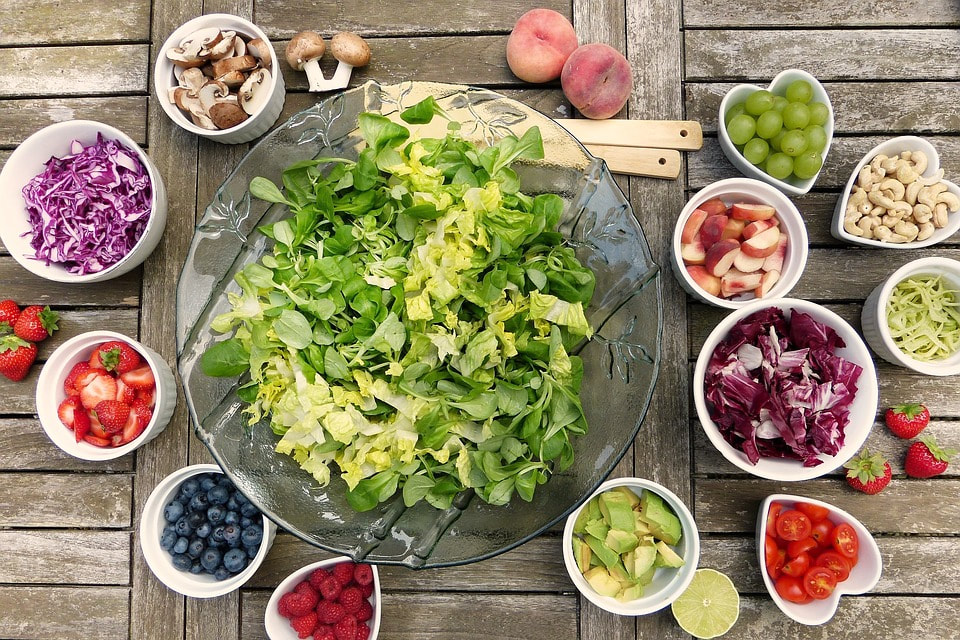
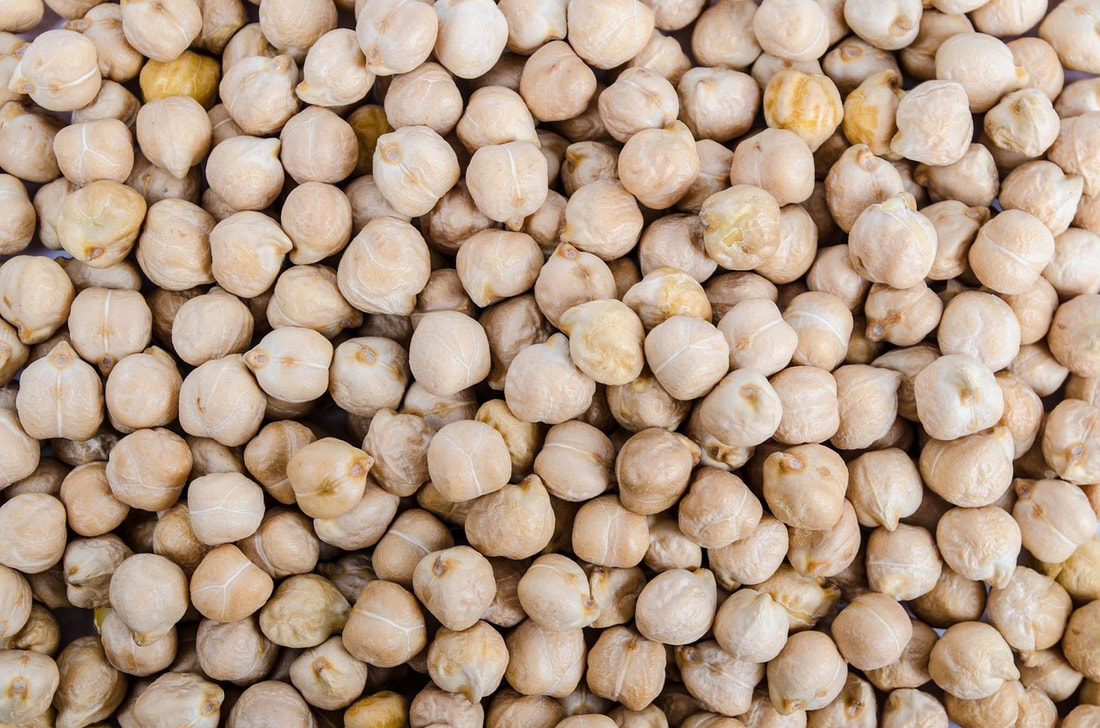
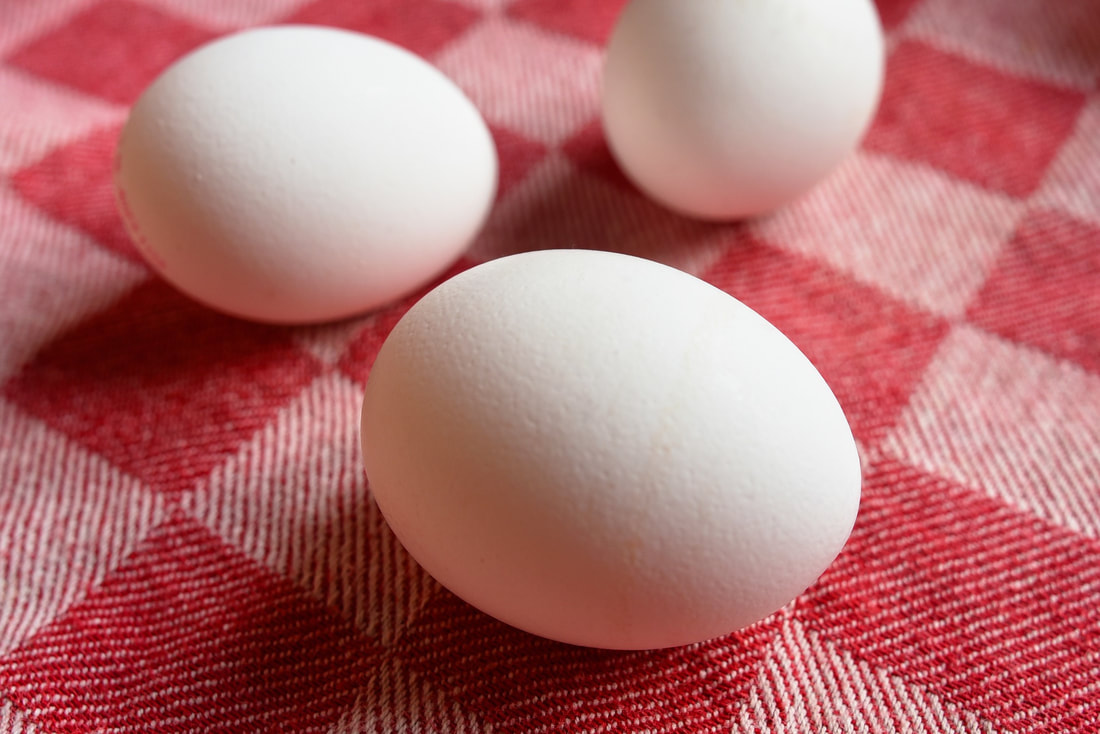
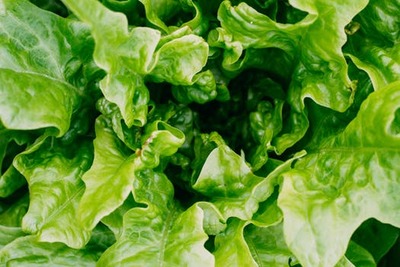
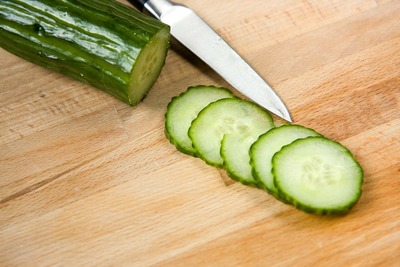
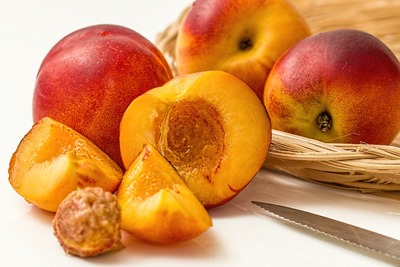
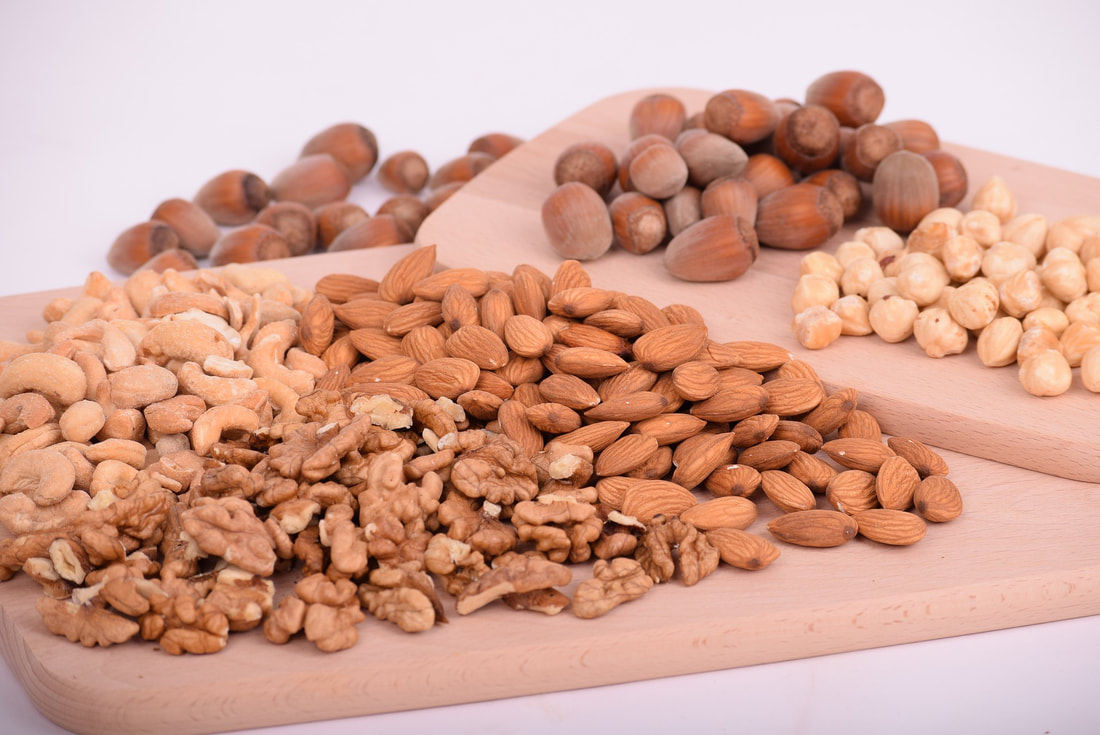
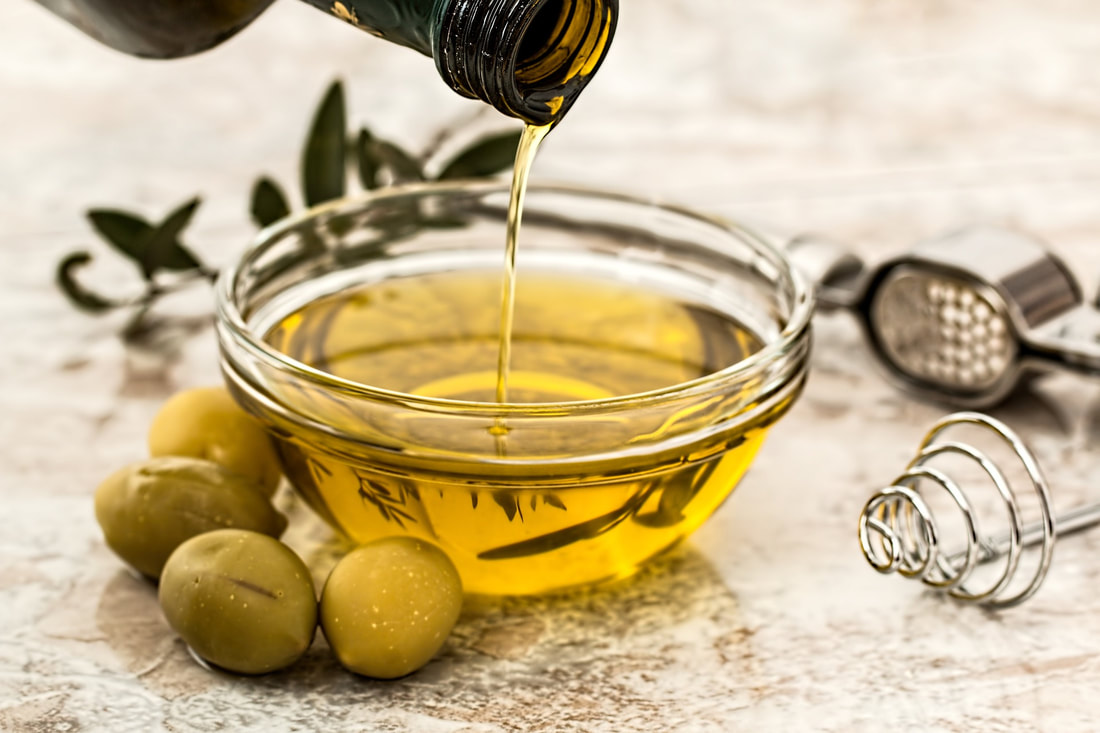
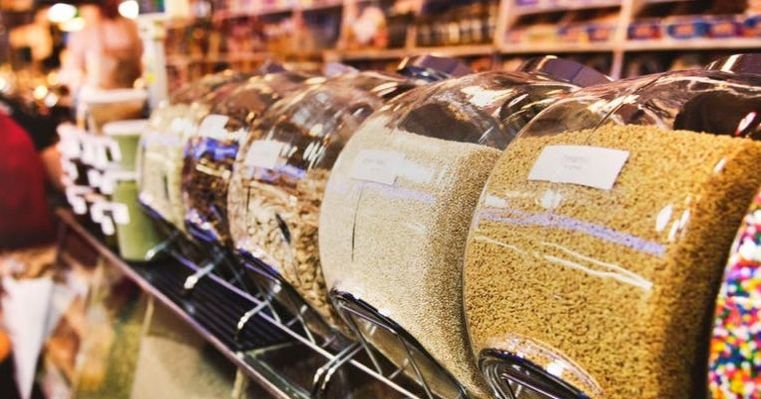
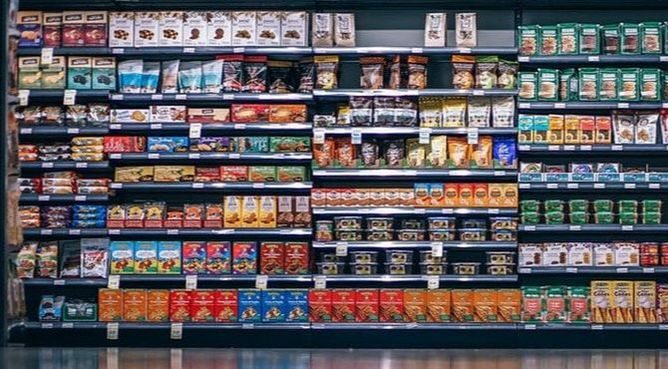


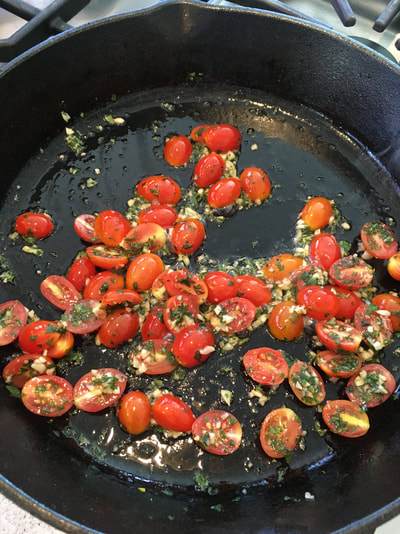
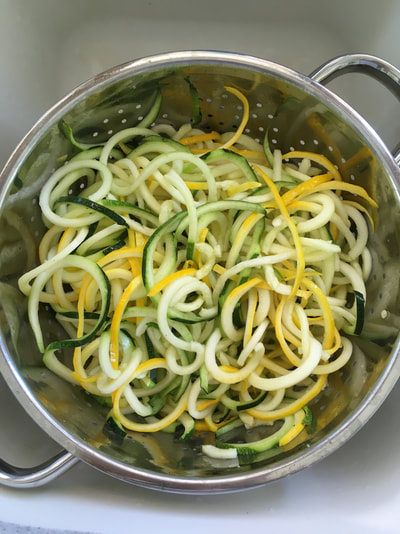
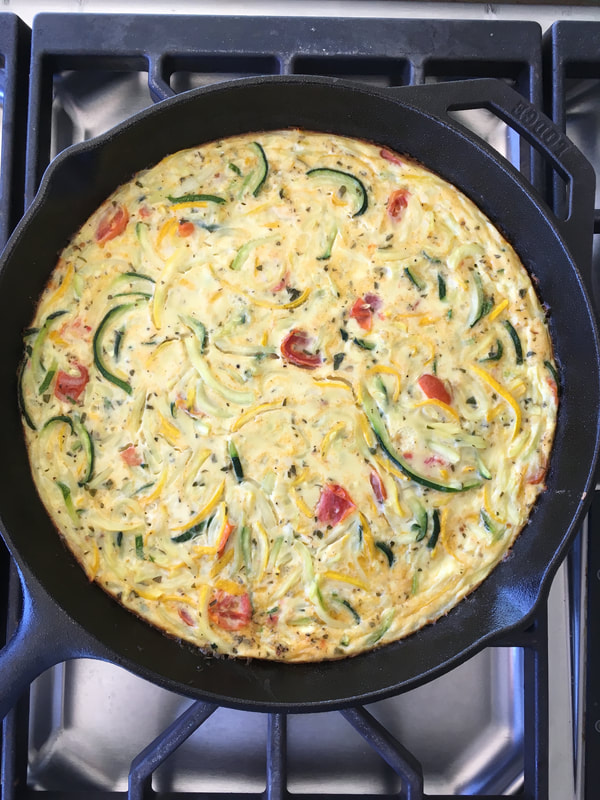
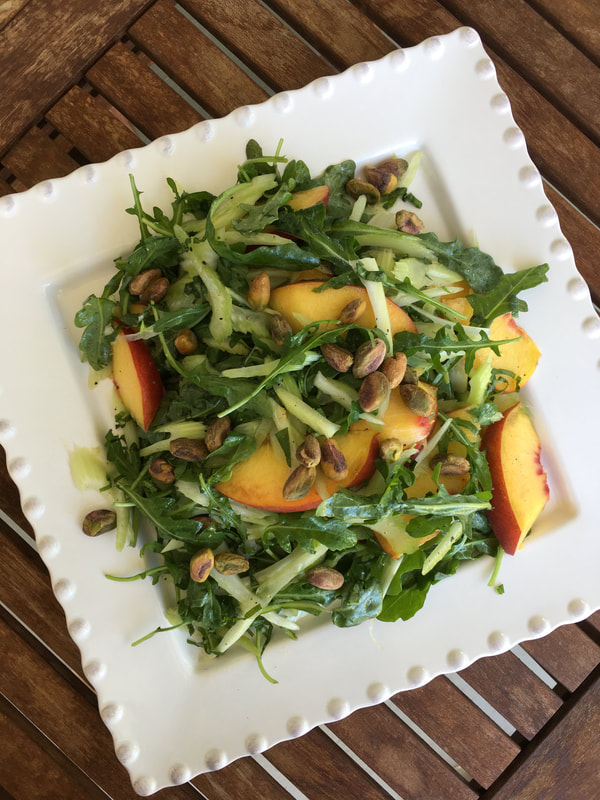
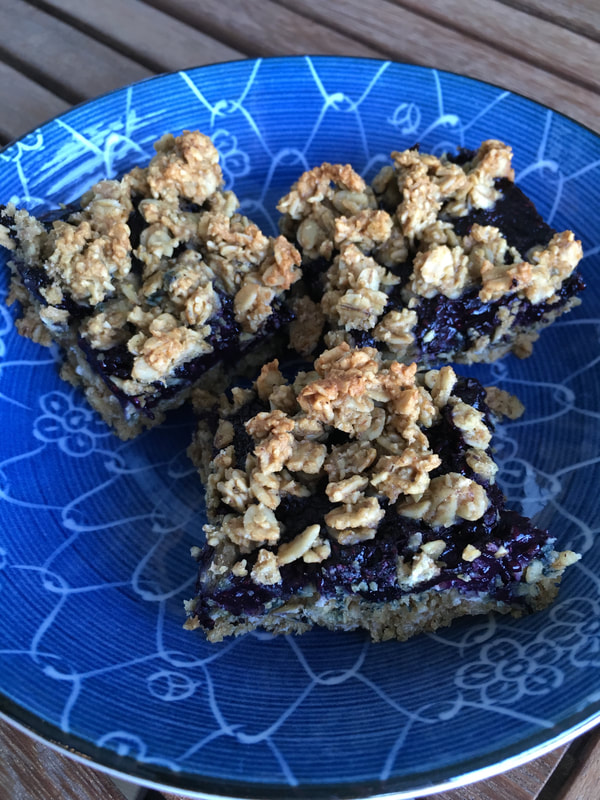

 RSS Feed
RSS Feed